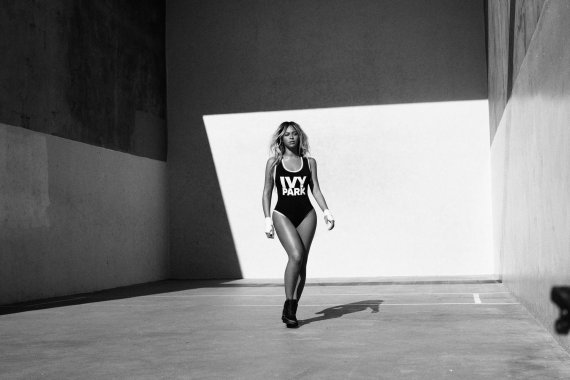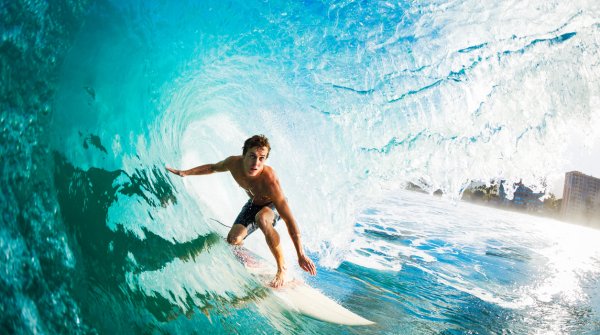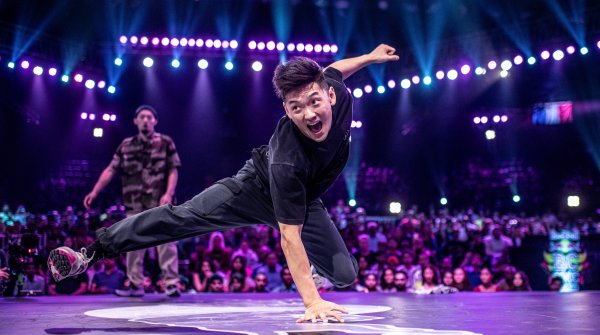
The word Athleisure is made up of the words "Athletics" and "Leisure". Combined, it means a type of clothing designed for sports, but worn in everyday life or leisure. Athleisure is, in short, sportswear for non-sporting activities. This trend originated in the USA. There, with the yoga boom of the 1990s, a new market developed for design-oriented activewear for women. This young female target group was not interested in athletic performance in the conventional sense. Nor was it about losing a few pounds to fit into a certain dress. Fitness ran through their entire daily lives, through their entire lives.
The yoga pant conquers fashion
The athletic clothing was therefore soon worn not only in the studio, but everywhere. Leggings, the dark memory from the 80s that many considered the biggest fashion sin of the modern era, suddenly conquered a new place in fashion heaven as yogapants. Their secret: they were comfortable, practical and easy to combine. They suited the active lifestyle of their wearers, who no longer wanted to distinguish between functional activewear and their everyday clothes.
Highly functional materials were used in the yoga collections, but the technical equipment was never an end in itself, as was the case with most traditional sports brands at the time. What counted was design and comfort alone, which of course cannot be achieved without function.

Athleisure is a lifestyle
Brands like Lululemon from Canada recognized the potential of athleisure early on and owe their meteoric rise to the trend. Founded in 1998, the Vancouver-based company never ran elaborate marketing campaigns, and yet in 2015 it generated sales of $2.1 billion - with double-digit growth rates year after year. It now has more than 360 company-owned stores worldwide.
"Casual and athleisure have taken on a life of their own," said Marshal Cohen, chief industry analyst from U.S. market research firm The NPD Group, explaining the phenomenon. "It's no longer just a trend - it's become a lifestyle that's too comfortable for consumers of all ages to abandon anytime soon." While sales growth was up for sportswear suppliers, the fashion market was stagnant. Brands like Levis found that their female customers preferred to buy leggings rather than a new pair of jeans.
Sports collections become a sales driver
The success of Athleisure sent the entire fashion and sports industry into a tizzy: more and more brands appeared that also wanted a piece of the unexpectedly large pie. In addition to big sports brands like Nike, Adidas (with Stella McCartney) and Under Armour, fashion retailers like Gap, H&M, Zara, Desigual and Only jumped on the bandwagon and developed their own sports collections.
The most recent example is the Ivy Park sports collection, which Topshop launched together with Beyoncé in April. Above all, however, it was the small design-oriented brands and stores that brought a lot of fresh wind into the sports industry. Labels such as Outdoor Voices, Alala, Under the same sun, Lole, Aday, The Upside or Fabletics, which was co-founded by American actress Kate Hudson, offer highly functional collections that don't advertise effort and sweat, but rather fashionable colors and prints, loving details and completely new silhouettes.
Specialized online retailers such as Carbon38.com and Bandier.com emerged, while fashion retailers added sports as a category to their assortment. A new luxury category established itself, which until then had only really existed in skiing: "Athluxe." Brands like Lucas Hugh, Monreal London or Ultracor can sometimes charge 400 euros for their leggings or tops.

Nothing works without comfort anymore
In the meantime, athleisure is not limited to yoga collections or the female target group. Sports like running, tennis, and outdoor have long since developed the athleisure trend into a cross-sport phenomenon. The theme has also gained a lot of popularity among men, who are seen as the new growth engine.
But athleisure has achieved much more than that. Comfort has become the top priority in fashion as well, which has boosted the use of functional fibers. Stretch materials are now ubiquitous, from jeans to suits. Even soft jerseys are no longer taboo for jackets and business pants. Denim suppliers are outdoing themselves in developing soft, supple fabrics that look deceptively like denim and wear as comfortably as jogging pants. Companies relax their dress codes on Casual Friday, and employees are now allowed to come to work in sportswear.
The term Athleisure is becoming blurred
However, the exuberant use of the term athleisure has also led some to want to distance themselves from it again. For example, Lululemon. "Athleisure is a term we don't use at Lululemon," explains Jill Batie of Lululemon. Instead, she wants the brand to be understood as a "design-oriented sports brand." The unchecked entry of sports fashion into everyday life has blurred the lines between those who wear the athletic look because they are athletic and others who are merely following a fashion trend with the look. While athleisure used to be readable as the dress code of an athletically active woman, this clear statement has gradually been lost with the increasing number of female imitators and fashion victims.

- Awards
- Mountain sports
- Bike
- Fitness
- Health
- ISPO Munich
- Running
- Brands
- Sustainability
- Olympia
- OutDoor
- Promotion
- Sports Business
- Textrends
- Triathlon
- Water sports
- Winter sports
- eSports
- SportsTech
- OutDoor by ISPO
- Heroes
- Transformation
- Sport Fashion
- Urban Culture
- Challenges of a CEO
- Trade fairs
- Sports
- Find the Balance
- Product reviews
- Newsletter Exclusive Area
- Magazine




